Quartzite Taj Mahal fissures and pits
julessb
4 years ago
Featured Answer
Sort by:Oldest
Comments (20)
Related Professionals
Hagerstown Interior Designers & Decorators · View Park-Windsor Hills Interior Designers & Decorators · Ferry Pass Architects & Building Designers · Ridgefield Kitchen & Bathroom Designers · Portland Furniture & Accessories · Kansas City Furniture & Accessories · Richfield Furniture & Accessories · Brownsville General Contractors · Mishawaka General Contractors · Riverdale General Contractors · Sterling General Contractors · Palm River-Clair Mel General Contractors · Schenectady Kitchen & Bathroom Designers · Fair Oaks Kitchen & Bathroom Remodelers · Rancho Mirage Tile and Stone Contractorsjulessb
4 years agoHALLETT & Co.
4 years agoFlo Mangan
4 years agoPam A
4 years agojulessb
4 years agodezedarin
4 years agodezedarin
4 years agoJoseph Corlett, LLC
4 years agodezedarin
4 years agoJoseph Corlett, LLC
4 years agolast modified: 4 years agodezedarin
4 years agoDebbie Cross
3 years agodezedarin
3 years agochispa
3 years agolast modified: 3 years ago
Related Stories
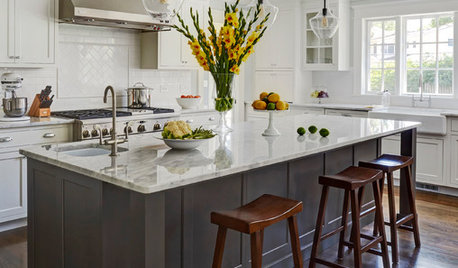
KITCHEN COUNTERTOPSWhat’s the Difference Between Quartzite and Quartz Countertops?
Weigh the pros and cons of these popular kitchen countertop materials
Full Story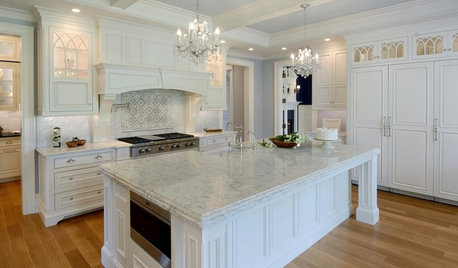
KITCHEN COUNTERTOPSQuartz vs. Granite: The Battle of the Countertops
Read about the pros and cons — and see great examples — of these popular kitchen countertop materials
Full Story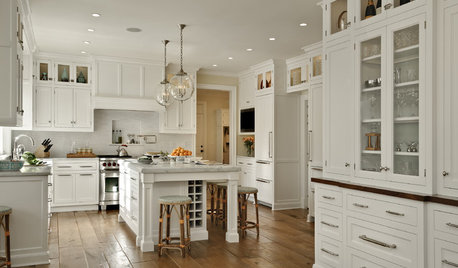
KITCHEN DESIGNDream Spaces: 12 Beautiful White Kitchens
Snowy cabinets and walls speak to a certain elegance, while marble counters whisper of luxury
Full Story
MOST POPULARYour Guide to 15 Popular Kitchen Countertop Materials
Get details and costs on top counter materials to help you narrow down the choices for your kitchen
Full Story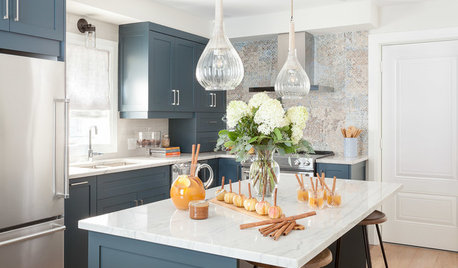
KITCHEN COUNTERTOPSDesigners Dish on Their Top Materials for Kitchen Countertops
Find out which countertop materials and styles these pros are favoring in their kitchen designs
Full Story
KITCHEN COUNTERTOPS7 Low-Maintenance Countertops for Your Dream Kitchen
Fingerprints, stains, resealing requirements ... who needs ’em? These countertop materials look great with little effort
Full Story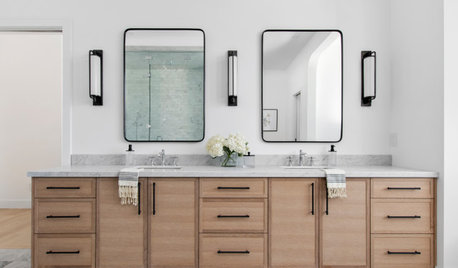
HOUSEKEEPINGHow to Clean Marble Countertops and Tile
Acidic solutions can damage your marble surfaces. Here’s how to keep marble looking clean and amazing
Full Story
KITCHEN DESIGNUsing White Marble: Hot Debate Over a Classic Beauty
Do you love perfection or patina? Here's how to see if marble's right for you
Full Story
REMODELING GUIDESWhy Marble Might Be Wrong for Your Bathroom
You love its beauty and instant high-quality appeal, but bathroom marble has its drawbacks. Here's what to know before you buy
Full Story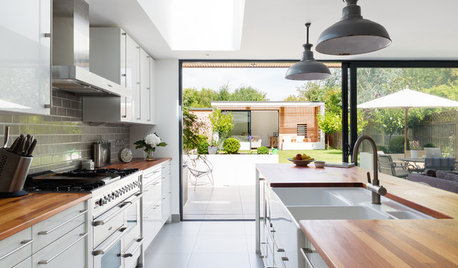
KITCHEN DESIGNA Designer Shares Her Kitchen-Remodel Wish List
As part of a whole-house renovation, she’s making her dream list of kitchen amenities. What are your must-have features?
Full StoryMore Discussions






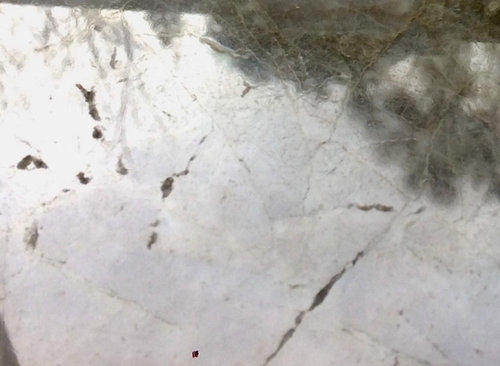
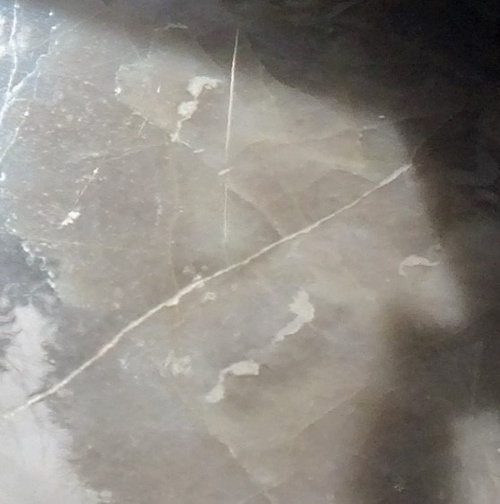
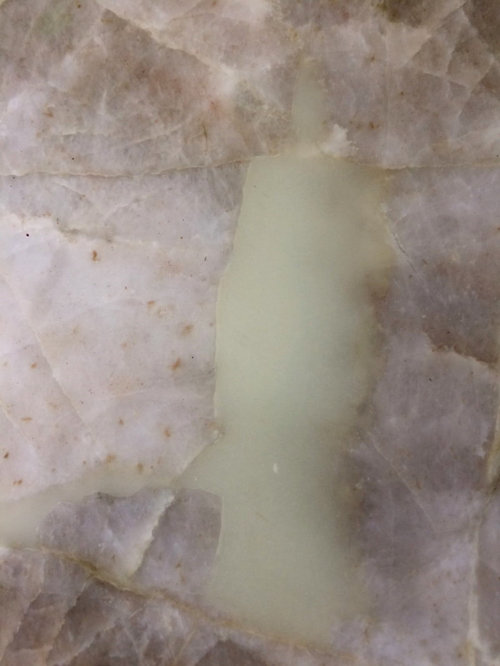


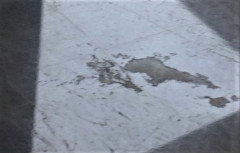
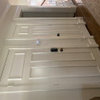

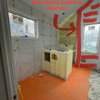

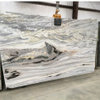
JAN MOYER